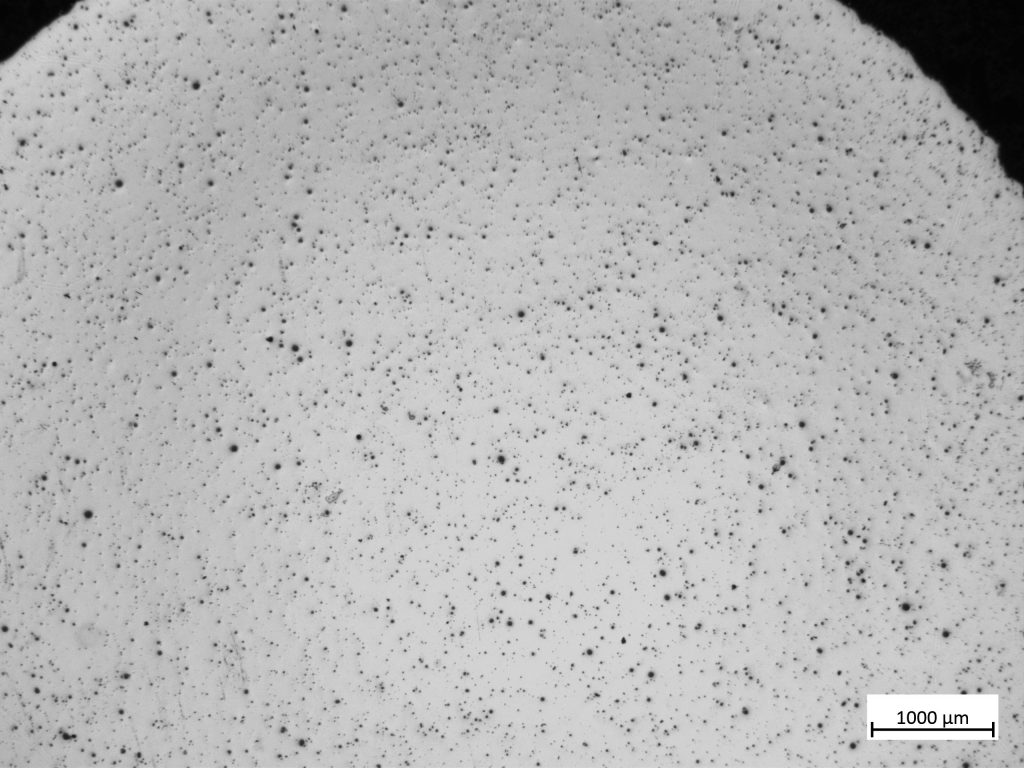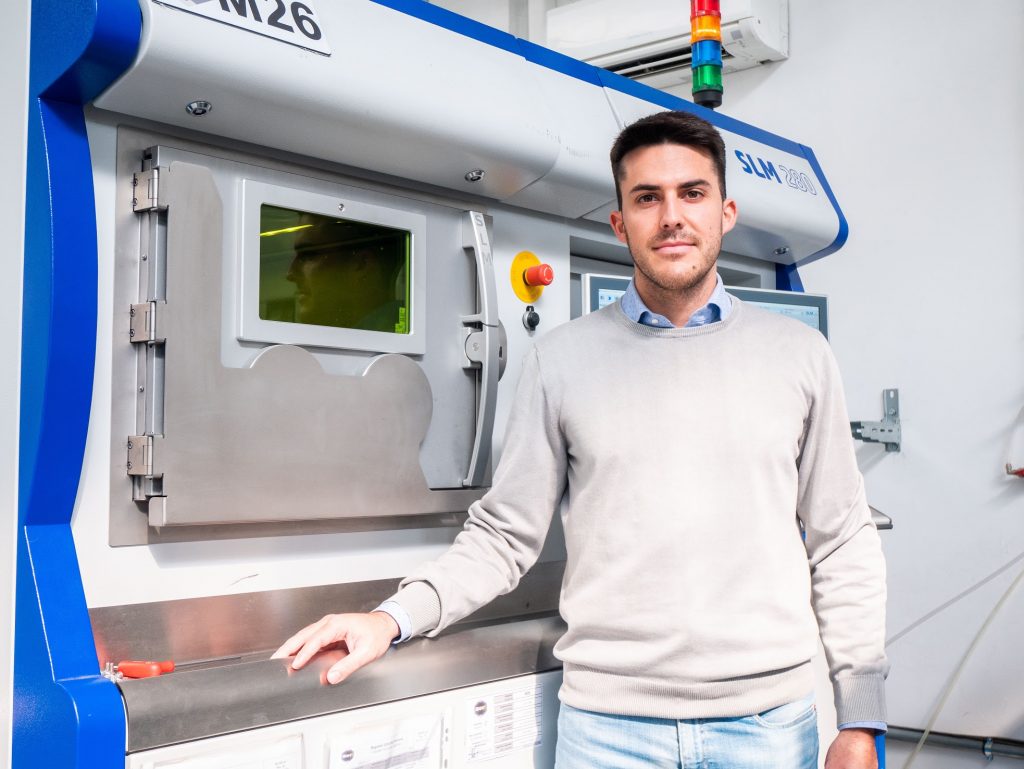China3D printingNet July 1st, Italian additive manufacturing service provider BEAMIT has developed a set of parameters for 3D printing high-performance “al2024” aluminum alloy.
The company worked with Elementum 3D to formulate a highly elastic metal that is lightweight but has excellent heat resistance. BEAMIT has now certified the 3D printing material, stating that it “performs better than other alloys at room temperature and high temperature”, making it ideal for the production of durable chassis, suspension and engine parts for racing applications.
“The 2024 alloy perfectly embodies what we mean when we talk about the integrated development of the AM process,” said Andrea Scanavini, General Manager of BEAMIT Group. “This has become possible through a multidisciplinary research team and the use of unique machines to research and apply top-level precision craftsmanship.
It is absolutely extraordinary to achieve results as we did in this situation. “

BEAMIT’s aluminum 2024 formulation has potential aerospace and automotive applications. Picture from BEAMIT.
Headquartered in northern Italy, BEAMIT is an experienced 3D printing company that uses its DMLS, SLS and EBM machine kits to provide customers with on-demand production parts. The company’s services meet the needs of customers in the automotive, industrial, aerospace, and energy sectors, and it is increasingly seeking to provide qualified new materials for its printers as a means to expand its applications.
As early as 2019, the company signed an agreement with SLM Solutions to install SLM 280 2.0 and SLM 500 3D printers and use them to identify various metal powders. During the project, BEAMIT focused on developing the parameters of the nickel-based IN939 and IN718 alloys, so that they have unique performance and high-performance characteristics.
Similarly, the company previously worked with material developer Bercella to design a joint method for 3D printing reinforced carbon fiber reinforced polymers. By combining their technology and expertise, these companies aim to create structurally optimized components that are more suitable for aviation, aerospace, and defense applications.
Fast forward to May 2021, BEAMIT also announced that it has developed a method for processing titanium Ti6242, which can prove to be able to produce environmentally friendly aerospace and motorsports components, and now it seems to have made LPBF progress again, making 2024 Aluminum meets the conditions to solve similar use cases.
Mauro Antolotti, President of BEAMIT Group, said: “Our priority is to provide customers with advanced materials and processes so that they can directly and easily apply these innovations to their products. This continuous development is an integral part of our group’s long-term strategy. It’s an essential part and is supported by a strong, well-organized team that focuses on achieving more competitive results.”

Alessandro Rizzi of BEAMIT (pictured) emphasized the importance of heat treatment to the performance of aluminum 2024. Photo from BEAMIT.
When processing using traditional technology, the “2000 series” aluminum is often used to manufacture aircraft structural parts, but their composition also makes them difficult to 3D print. This is because the elements in the alloy (such as copper, zinc, and magnesium) solidify at different temperatures, which means that the lasers of each machine used to print them need to be configured accordingly.
To overcome this problem and develop a parameter set for 3D printing aluminum 2024, an alloy that has attracted strong interest in the automotive industry, BEAMIT chose to collaborate with material developer Elementum 3D, which in turn uses its patented Reactive AM (RAM) The metal has been modified to make it more printable before helping to determine its optimal processing window.
By leveraging BEAMIT’s integrated value chain and multidisciplinary approach, these companies will eventually be able to develop customized thermal cycles to maximize the mechanical properties of the alloy. In addition to optimizing the thermal quality of the metal, the team also developed a new post-printing process for it, including air-neutral and HIP-Q processing, so that it can be customized as needed.
“Machining 2000 series aluminum alloys with L-PBF is very difficult, so the development of this material really inspired us,” explains Alessandro Rizzi, BEAMIT material and special process manager. “The role of heat treatment has become crucial for Al2024 RAM2C, allowing us to experiment with different methods to find a repeatable and stable process.“
China3D printingNet original article!
(Editor in charge: admin)


0 Comments for “BEAMIT Qualifies for 2024 Aluminum 3D Printing to Improve Racing Parts”